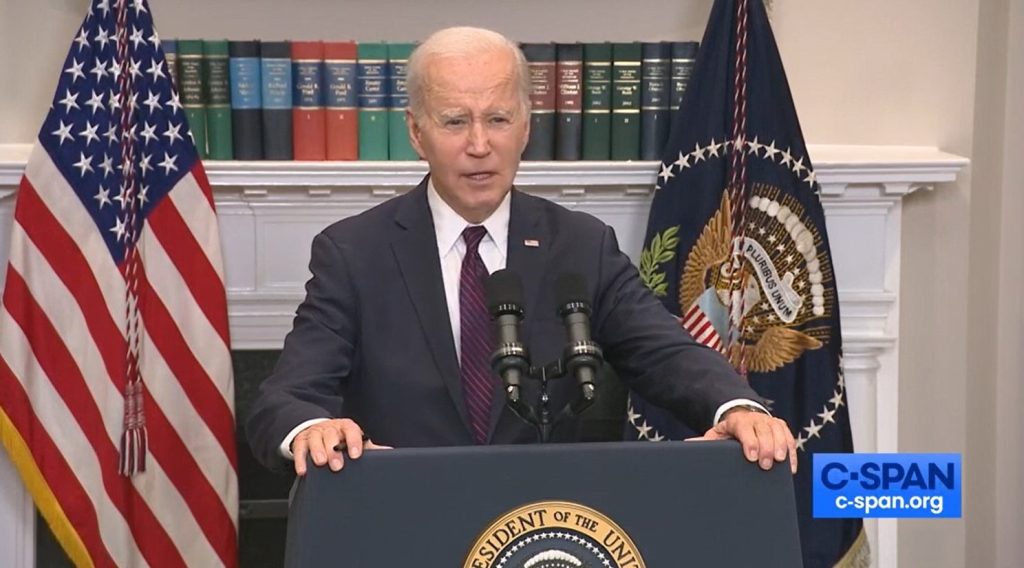Enchant Energy will have to comply with new carbon dioxide emission limits should it successfully acquire the rights to own and operate the San Juan Generating Station.
The New Mexico Environmental Improvement Board approved a new carbon dioxide emission rule for coal-fired power plants on Friday that will go into effect Jan. 1.
The decision came after two days of hearings in Farmington that led to several changes to the draft rule proposed by the New Mexico Environment Department.
The carbon dioxide rulemaking came as a result of the Energy Transition Act, which limits carbon dioxide emissions to 1,100 pounds per megawatt hour after Jan. 1, 2023. This limit will be calculated on a 365-day rolling average.
During the hearing on Wednesday, Sargent & Lundy Senior Environmental Consultant Ken Snell said that Farmington and Enchant could operate the power plant at higher emission levels above the 1,100 pounds per megawatt hour early on and then make up for those high emissions by reducing the emissions later on. The engineering firm Sargent & Lundy has performed contract work for Enchant Energy.
Enchant Energy has said that it plans to operate the power plant while installing the carbon capture technology.
Board member Karen Garcia said the debate over whether to use net or gross power generation as the standard was the toughest part of the entire rule.
Because operating the carbon capture system will utilize a large chunk of the power generated at the plant, it would be easier for Enchant Energy to meet the emission standards using a gross standard that would take into account all of the power generated at the plant rather than just the electricity provided to the grid.
Enchant Energy has publicly stated that once the carbon capture retrofit is completed, carbon dioxide emissions from the plant will be far under the 1,100 pounds per megawatt hour requirement and that the equipment will be able to capture 90 to 95 percent of the generated carbon dioxide.
“This stuff is going to work and work big, or it’s not going to work…If they’ve got a winning formula, a 30 percent handicap won’t really affect them, or it shouldn’t,” Board Member Barry Bitzer said about the carbon capture technology and referencing estimates that at least 30 percent of power generated will be needed to operate the equipment. While 25 to 30 percent was referenced in the meeting, a Front-End Engineering Design study contains higher estimates.
Enchant Energy opposed using net—or considering only the power that is sent to the electrical grid—rather than gross.
Snell said that a net standard places facilities like San Juan that plan to use power generated by the coal-fired power plant at a disadvantage.
In contrast, the Petra Nova project that operated for several years in Texas had a natural gas unit that powered the carbon capture system. Snell said an auxiliary power source like a natural gas unit to power the carbon capture technology would not be subject to the same carbon dioxide emission caps that the coal-fired power plant must meet.
The board rejected some of the emission monitoring equipment requirements that environmental advocates proposed, including some aimed at quantifying fugitive emissions. Board members said that those requirements could be excessively burdensome.
The board also rejected a proposal that would have required Enchant Energy to cease operations until corrections could be made should the San Juan Generating Station exceed an average rate of 1,100 pounds per megawatt hour for two months.
Whether Enchant Energy ever has a chance to prove that the carbon capture technology could work on San Juan Generating Station still remains to be seen.
Enchant Energy and its partner, the City of Farmington, have yet to successfully negotiate a transfer of the 95 percent of the ownership shares that Farmington does not own.
The coal mine that supplies the power plant with fuel closed earlier this year and is being sealed.
The majority of power plant workers were laid off and many of them have gone on to new employment opportunities.
Additionally, some of the infrastructure that takes water from the San Juan River to the power plant is being repurposed as part of the Navajo-Gallup water supply project and water rights that the plant operator, Public Service Company of New Mexico, leased from the Jicarilla Apache Nation will no longer be available. The Jicarilla Apache Nation will instead lease that water to the state to help with endangered species recovery and meeting obligations under agreements like the Colorado River Compact.
The carbon capture retrofit will increase the amount of water needed to operate the power plant.























